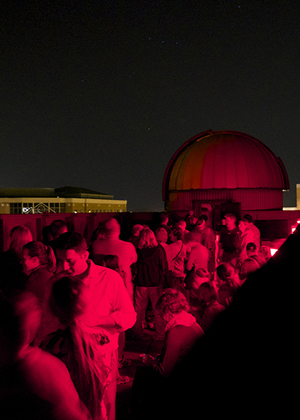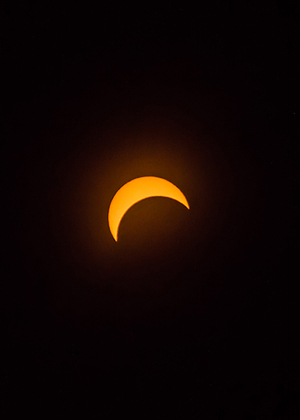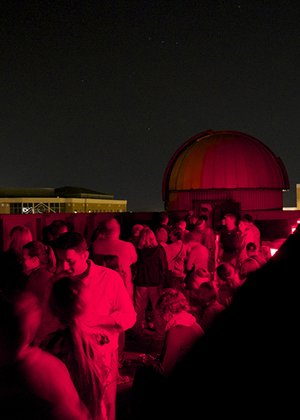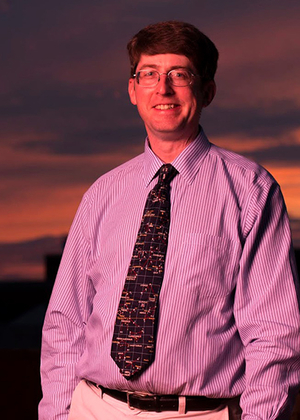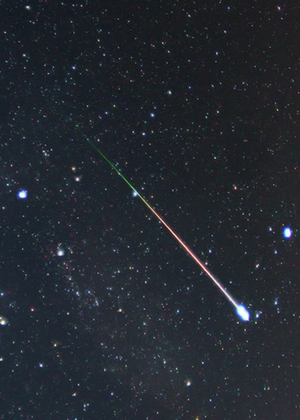The goal of Astronomy-Physics in the Chemistry Department is to enhance society’s ability to understand the Universe through the application of scientific problem solving.
Astronomy, the science of the stars, planets, galaxies, and black holes, fascinates people of all ages. It is the oldest science, yet it is also the most intriguing because the study of astronomy will help to answer the most important questions human beings can ask:
- How did the universe begin?
- What is the current structure of the universe?
- How is the universe changing?
- How do the planet Earth and its inhabitants fit into the larger universe of space and time?
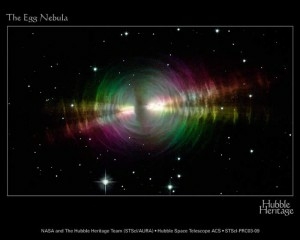
The study of Astronomy-Physics at UIS is a thematic activity. Students who wish to focus their education in this subject usually do so through a B.A. in Liberal Studies or an M.A. in Individual Option.
In addition to course offerings, UIS Astronomy-Physics actively reaches out to the community, providing opportunities to learn about the astronomical universe through Star Parties, Disability-Friendly Support, and Community Updates of upcoming eclipses and other astronomical phenomena.
What You Can Do With This Concentration
Almost all astronomers do research. Some are theoreticians who work on the laws governing the structure and evolution of astronomical objects. Others analyze large quantities of data gathered by observatories and satellites, and write scientific papers on their findings.
Some astronomers operate large space- or ground-based telescopes, usually as part of a team. A small number of astronomers work in planetariums. Most students who are serious about becoming research astronomers go on to earn doctoral degrees.
There is no major or minor in Astronomy at UIS. Independent study in astronomy is available to upper-classmen who excel in science and mathematics. Applied study and independent research are also available. Chemistry majors can earn credit toward their major for independent astronomy research.
Star Parties
We provide opportunities to learn about the universe through the courses we offer, the scholarship of our faculty, Star Parties, disability-friendly support, and community updates of upcoming astronomical phenomena.
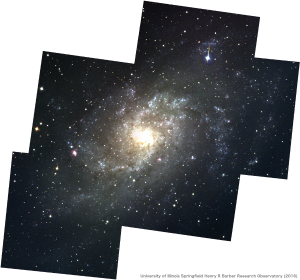
Facilities
“Lie on your back and look at the stars.”
H. Jackson Brown, Jr. (from Life’s Little Instruction Book)
Equipment
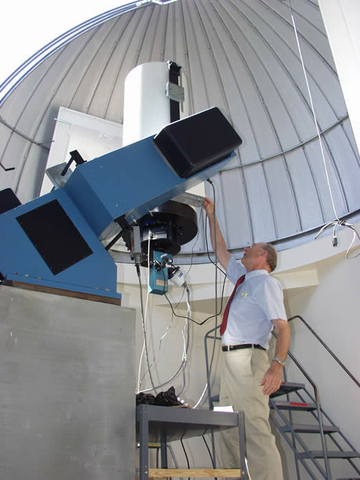
UIS’s astronomy program possesses astronomical research and teaching equipment that is among the finest in the state of Illinois:
- 14-inch Schmidt-Cassegrain telescope
- 8-inch Schmidt-Cassegrain telescope
- 8-inch Newtonian telescope
- 8-inch disability-friendly fixed-focal point telescope
- 3-inch comet telescope
The Henry R. Barber Research Observatory, 25 miles
from the campus under dark skies, includes:
- 20-inch Cassegrain focus telescope
- 16-inch Schmidt-Cassegrain telescope
- Echelle spectrograph
- Diffraction-grating spectrograph
- SSP-3 Photodiode detector
- U42 CCD Camera with 20 arc minute field of view.


